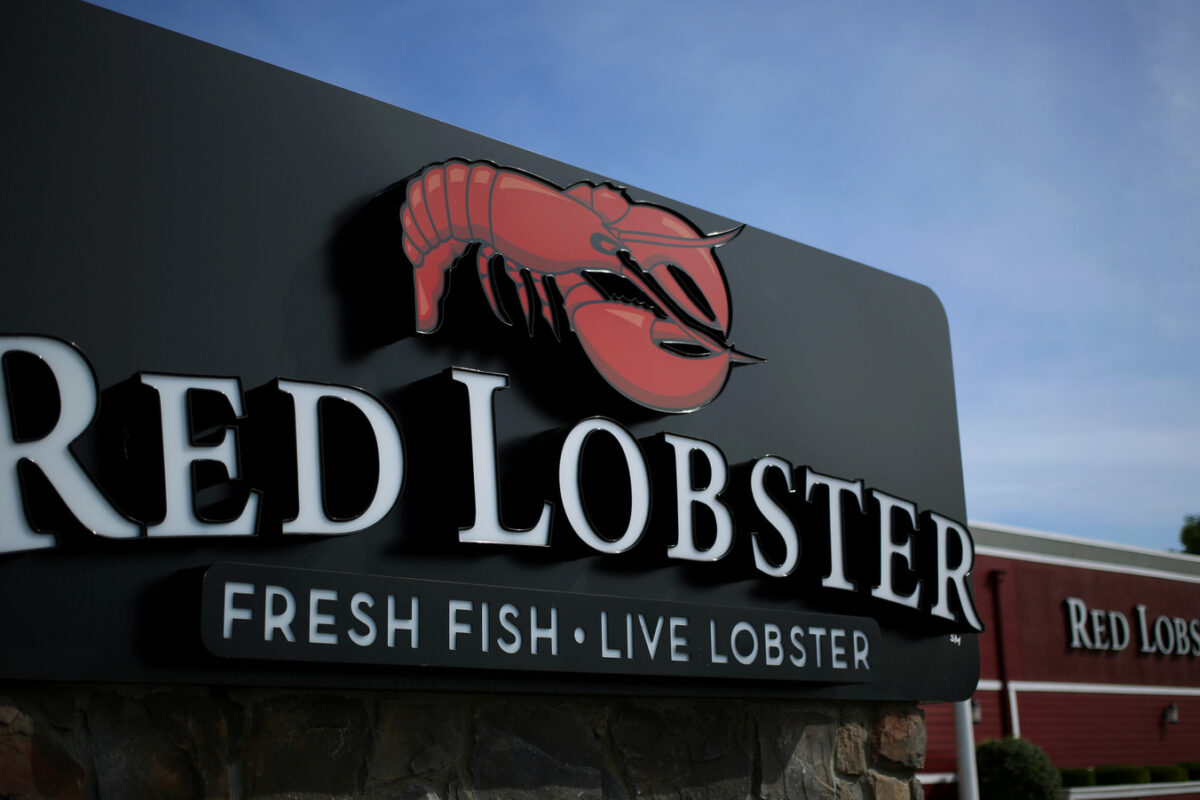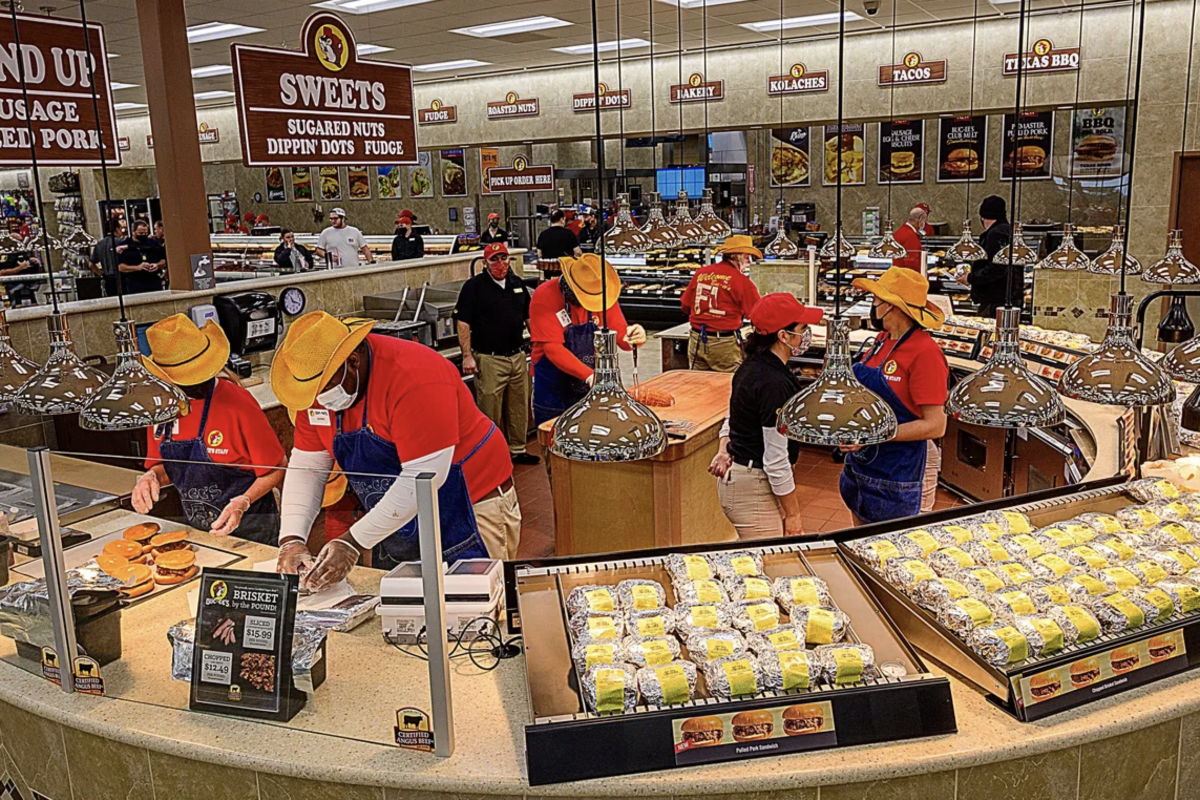Branding Strategy Insider helps marketing oriented leaders and professionals like you define and grow brand value. BSI readers know, we regularly answer questions from marketers everywhere. Today we hear from Jonathan, a CMO in Boston, Massachusetts who has this question about reviving a brand.
Our brand has lost its relevance in our marketplace and I’ve recently been brought in to help turn the situation around. What can we do to revive this once strong brand?
Thanks for your question Jonathan. As Mark Di Somma pointed out a few years back, the key to reviving a brand is to identify the key motivation(s) that is/are dragging it down, and then to implement a range of approaches that see you addressing that across a number of fronts. Here are ten we have seen work for brands fighting for relevance.
1. Think Of The Brand/Product In New Ways: When you redefine what something is or could be, you reframe its context and it’s much easier to redefine what it can be used for. When you stop thinking of milk as a drink, for example, and start thinking of it as a food, as Fonterra did, you change the scope of the product you’re working with in so many ways.
2. Redefine Who You Want To Be A Brand To: If the current audience places a declining level of value on it, think about who might be able to use it in ways that enable you to regain value. Starbucks redefined the value of coffee globally by making coffee hip, urbane and tailored to individual taste. Now they’re looking to do the same thing with tea. In a world that really does believe it’s seen or searched it all, discovery is a powerful consumer motive.
3. Change What It Looks Like: Sometimes changing the value of a brand can be as simple as changing how it appears to others. Think about the difference in pricing and perception between bottled beer and beer on tap. However, new packaging alone won’t make up for a product that doesn’t add value. What it can do is signal the unrealized value that you want consumers to notice.
4. Formulate Your Offer In Different Ways: The water industry changed how we think of water by adding vitamins and/or carbon dioxide and then segmenting those offers to specific audiences. Today, the world spends more than $100 billion a year on bottled water. What could you do to what you have to make it more than it is right now?
5. Name It In Different Ways: The deer industry in New Zealand renamed its venison offering “cervena” to differentiate it from deer meat sourced from elsewhere and to make a strong country-of-origin play. If you’re selling copper and everyone else is selling copper, what can you call your copper to distinguish it from what people can source anywhere. Again – renaming alone won’t be enough. In the case of cervena, the change in name spoke to an idea that consumers were interested in, and eliminated the concern, among American consumers, that they were eating Bambi.
6. Package It In Different Ways: The red meat industry is now starting to segment its offer and to assign different perceptions of value to cuts and breeds that not too long ago would all have just been beef. Angus is a classic example. Others are packaging along ethical lines to put daylight between themselves and others and to appeal to consumers who are prepared to pay more for feel good foods. Cage-free and free-range eggs are part of this trend. (What’s interesting for those interested in moral labeling, however, is how those terms and others can be defined in some jurisdictions. It doesn’t necessarily mean what it appears to mean.)
7. Distribute It In Different Ways: Changing the distribution channel can be a highly effective way to transform your product into something valued by a more specific audience. iTunes rebuilt the value of music by reinventing the concept of the single into a single digital track and allowing people to buy the music they wanted in a new way, at a new price. Tablets are having the same effect on books and magazines – redefining how consumers access content and buy it. It’s a very different value equation than it used to be – but at least it’s a value equation.
8. Price Point It In Different Ways: This is a particularly effective approach when combined with segmentation. Go after various parts of the market with products that demonstrate various levels of value add and are price pointed accordingly – e.g. a bulk product at a bulk price, a high end or specialized product priced at a top-end price, and a consumer focused product that may even operate at flexible price points. Forced into what was close to a death-spiral for many, the airline industry re-priced to find new ways of achieving yield. First, they cemented the front-end profit by giving business and first class passengers more space and more comfort to protect margins. Then they de-bundled their economy offering, adding new categories like Premium Economy, cramming in more seats in cattle class and instigating fees for service that have kept the asking price low whilst charging at every point for things that were once considered included. This evolution hasn’t exactly been a success from the travelers’ point of view, but it has certainly forced a rethink on what is paid for, and how.
9. Wrap A Different Story Around It: New storylines can change how people perceive a product. Water, beer and wine have all used stories to engage consumers and to deliver a new sense of worth. Increasingly, there are opportunities to link undifferentiated products to differentiating stories around environment, supply chain, conduct, purpose and cause. Psychologist Dr. Norman Holland, in an interview with Stephen Denny, explains why: “When we adopt a brand for our own use, we integrate it into the stories of our daily lives.” Once integrated of course, that storied brand has new value for buyers because now it’s personal.
10. Shift The Leadership Team: Brands in decline are sometimes lead by the wrong people. Bringing in new leaders (such as yourself Jonathan) with fresh perspectives can ensure that the actions of the business better mirror the assertions of the brand in terms of customer-centricity. Further, new leaders will not be chained to the ideas that are threatening the brand. Obvious, yes – but worth remembering that brand alone won’t save a brand.
A note of caution. While, as outlined above, there are a number of ways to stave off deterioration and even to restore value to goods whose value has decayed, there is also no denying that the product or brand you make has a best-before date in terms of margin. Unless you assume commoditization, and continually look for ways to slow its advance or reverse its influence, it will get your brand in the end.
The key to successfully staging a resurgence in the value of your brand is to think of each of the ten tactics outlined above as a multiplier. To an extent, the more multipliers you can employ simultaneously, the greater the chances that you can revive your brand. Focus them specifically on the key needs and unmet desires of your (new) target market. So, for example:
In a market, where your brand has been painted into a corner – look to use these three approaches:
Think of the product in new ways X Change what it looks like X Distribute it in different ways
Or if the market you’ve traditionally targeted is treating your brand like a commodity and threatening to start a price war, combine these four:
Redefine who you want to be a brand to X Package it in different ways X Price point it in different ways X Wrap a different story around it
When you change how a product is viewed and accessed, you open the door to changing how it can be marketed.
We hope this is helpful Jonathan.
Do you have a brand or growth strategy question? Just Ask The Blake Project
The Blake Project Can Help Turn Your Brand Around: Contact Us
Branding Strategy Insider is a service of The Blake Project: A strategic brand consultancy specializing in Brand Research, Brand Strategy, Brand Growth and Brand Education




